
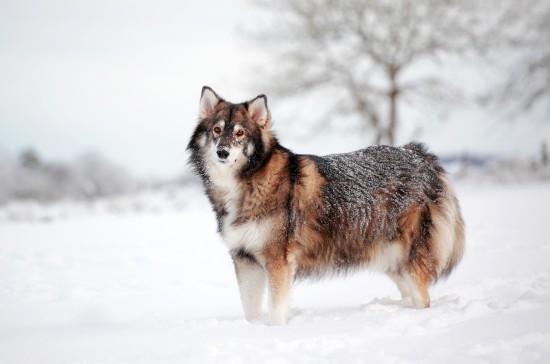
The Utonagan dog is also sometimes referred to as the Northern Inuit dog, and is not formally recognised as a pedigree dog breed in its own right. The Utonagan dog is comprised of a mixed breed crossing of three breeds, being the German shepherd, Alaskan malamute and the Siberian husky. This three-breed combination has served to produce a dog that largely resembles the wild grey wolf, but without any actual wolf ancestry coming into play!
Because of their interesting combination of personality traits that come about due to the three founding breeds, and their distinctive and appealing wolf-like appearance, the Utonagan dog is a real eye-catcher, and many people aspire to owning them as pets. However, the Utonagan dog can be challenging to keep, being highly intelligent, very active, and very independent with something of a stubborn streak!
In this article, we will look at some of the most frequently asked questions about the Utonagan dog breed, which may prove helpful if you are considering getting a Utonagan dog, or just wish to find out more about them. Read on to learn more!
The Utonagan dog was bred mainly in order to produce a large dog breed that resembled the grey wolf, without the need for actually outcrossing with wild wolves and introducing the various challenges and problems that comes with that.
Due to all three of the breed’s founding lines having a long working history in various roles, the Utonagan was also created in order to produce a good all round working dog with high intelligence, bags of energy, and the ability to do lots of things! Within countries where dog sledding is popular, the Utonagan can often be seen sledding and mushing, while in other countries, they are kept solely as pets.
The background of the three component dogs that make up the Utonagan have a truly international heritage, as their names imply; the Siberian husky hails from Siberia in Russia, the Alaskan malamute is from Alaska, and the German shepherd is a long-established Western European working dog. However, the country where the Utonagan dog was first deliberately crossed and bred, and their country of origin when it comes to the foundations of the line, is England.
Utonagan dogs can be bred in a variety of ways; they can either be produced “from scratch” as it were, by breeding any two of the foundation breeds and then crossing the offspring to a dog from the third breed, or by any later generation crossings that encompass all three breeds. Established lines of three-breed Utonagan dogs can also of course be bred with each other, once their appearance has become set and they are several generations removed from the three component pedigree breeds.
As a relatively young hybrid breed that is created from crossing other breeds, the appearance of the Utonagan dog cannot be considered to be uniform. Depending upon the combination of crossings, how many generations have passed and the appearance and traits of their ancestors, different lines of Utonagan dogs can appear rather different from each other. The size and build can vary considerably across the type, as can the coat colour and patterning as well.
However, the Utonagan dog should ultimately be large, muscular but lithe and in proportion, and rather wolf-like in appearance.
Because the Utonagan dog is a hybrid composed of three different breed crossings that are all quite distinct from each other in terms of origins and shared ancestry, the Utonagan dog benefits from the advantages that come from hybrid vigour. While pedigree dogs of any given breed are rather more prone to certain inherited health problems that can become prevalent within breed lines, outcrossing helps to strengthen the health of the gene pool as a whole, and reduces the chances of perpetuating genetically inherited defects.
However, it is important to note that like any dog, the Utonagan dog may have a slightly elevated predisposition to developing health problems that are commonly present within any of the parent breeds, particularly if more than one of the parent breeds share the same genetic predispositions to certain conditions.
The Utonagan dog is highly intelligent, very active, and very independent. They tend to be outgoing, bold and friendly, and enjoy the company of people. They also love having something to do, and require a lot of exercise as well as plenty of mental stimulation to keep them from getting bored.
It would be fair to say that keeping, training and managing a Utonagan dog can prove challenging, and they are not recommended as a pet for the first time dog owner who simply likes their appearance! This really is one dog type that requires a lot of research before committing to ownership, and it is important that you know what you are getting into if you make the decision to take one on!
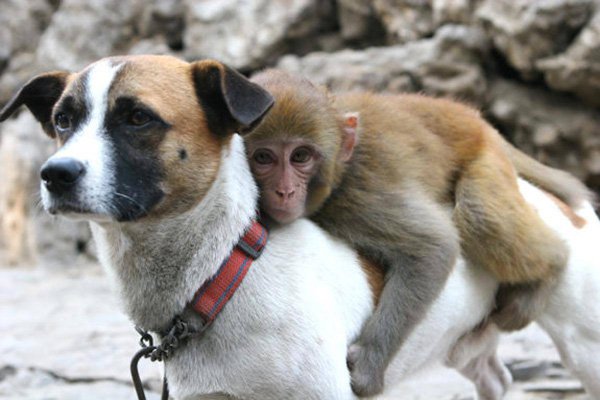 Wooden Urns for Ashes
Wooden Urns for Ashes
So, losing your pet can
Wooden Urns for Ashes
Wooden Urns for Ashes
So, losing your pet can
 Mange
I want to share a story with you regarding
Mange
I want to share a story with you regarding
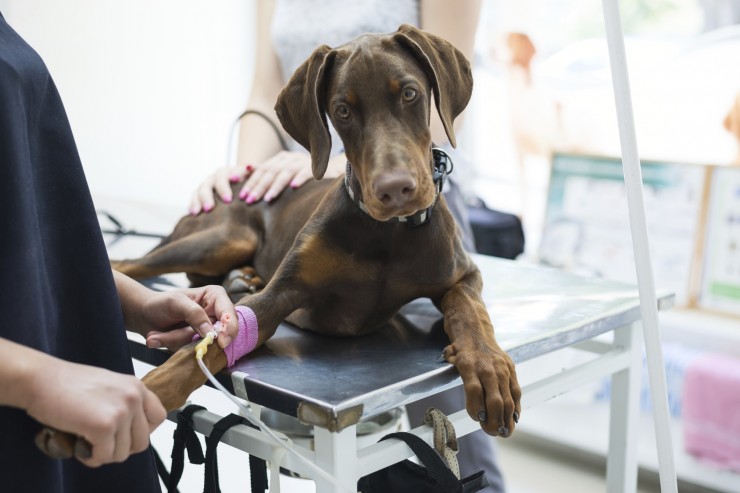 5 Ways To Raise Funds For Your Dog’s Veterinary Care When You Can’t Afford It
5 Ways To Raise F
5 Ways To Raise Funds For Your Dog’s Veterinary Care When You Can’t Afford It
5 Ways To Raise F
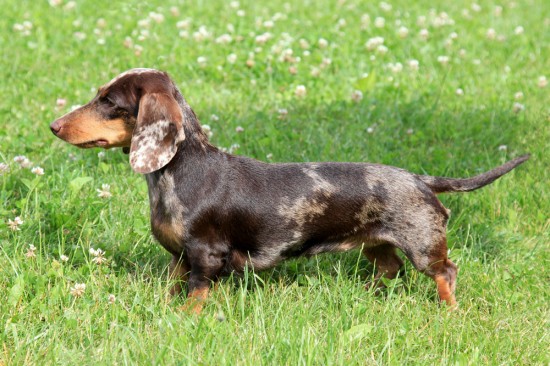 The Karlton Index - Measuring The Health Of Pedigree Dogs
The Karlton Index
The Karlton Index - Measuring The Health Of Pedigree Dogs
The Karlton Index
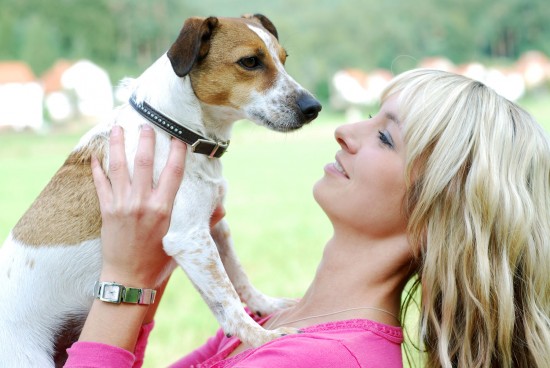 Do You Think Of Your Dog As One Of Your Children?
Do You Think Of Y
Do You Think Of Your Dog As One Of Your Children?
Do You Think Of Y
Copyright © 2005-2016 Pet Information All Rights Reserved
Contact us: www162date@outlook.com